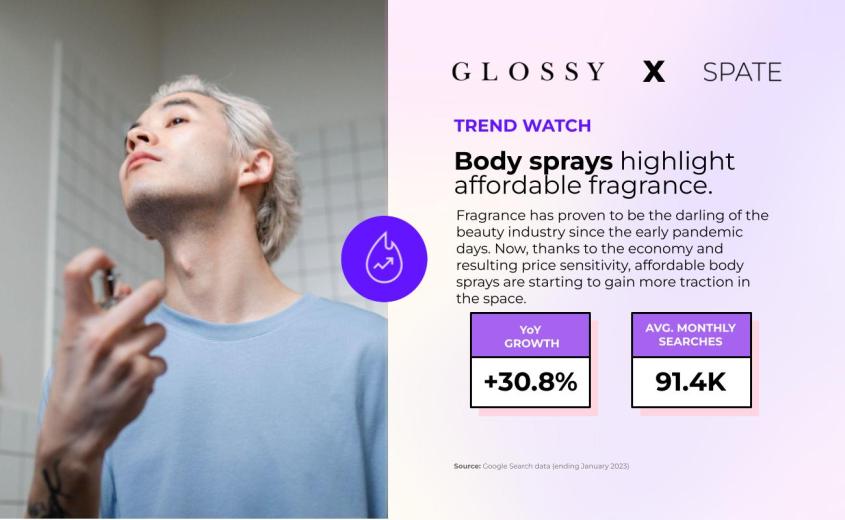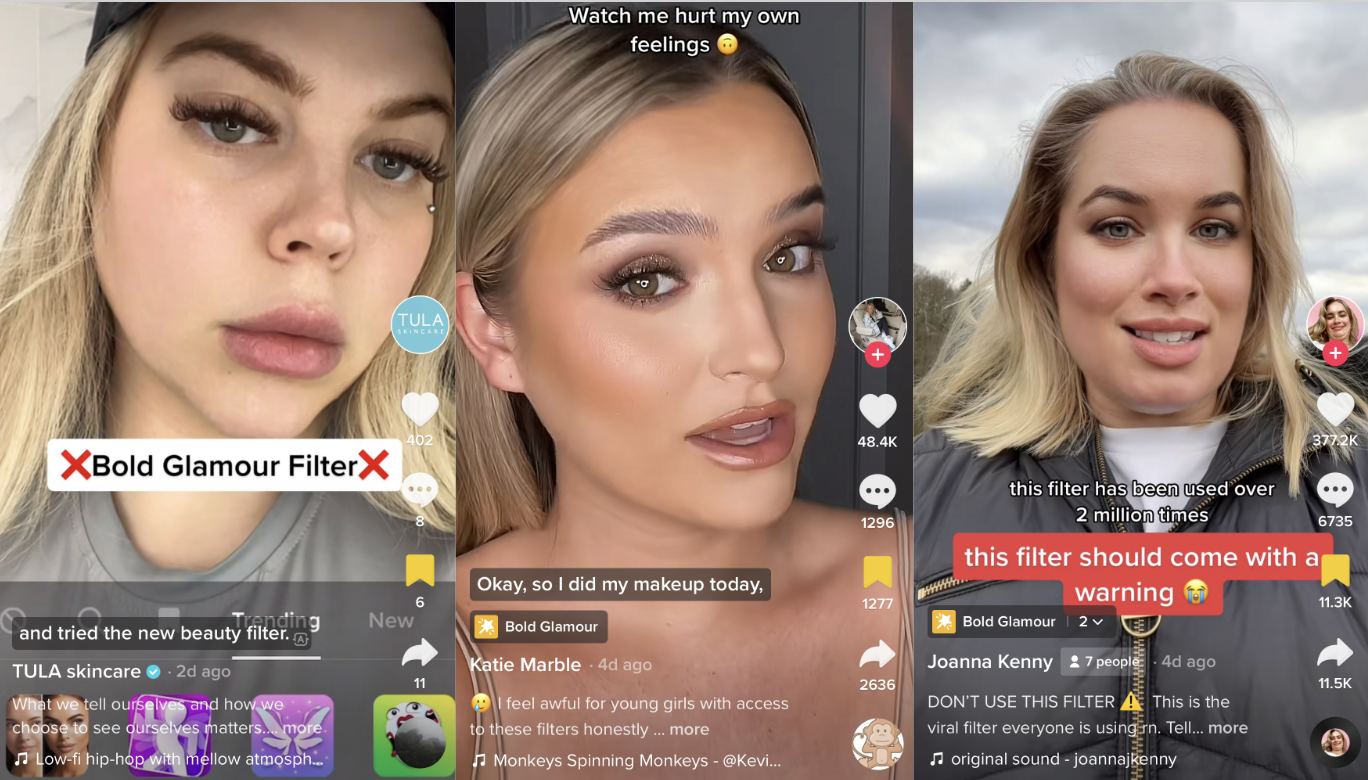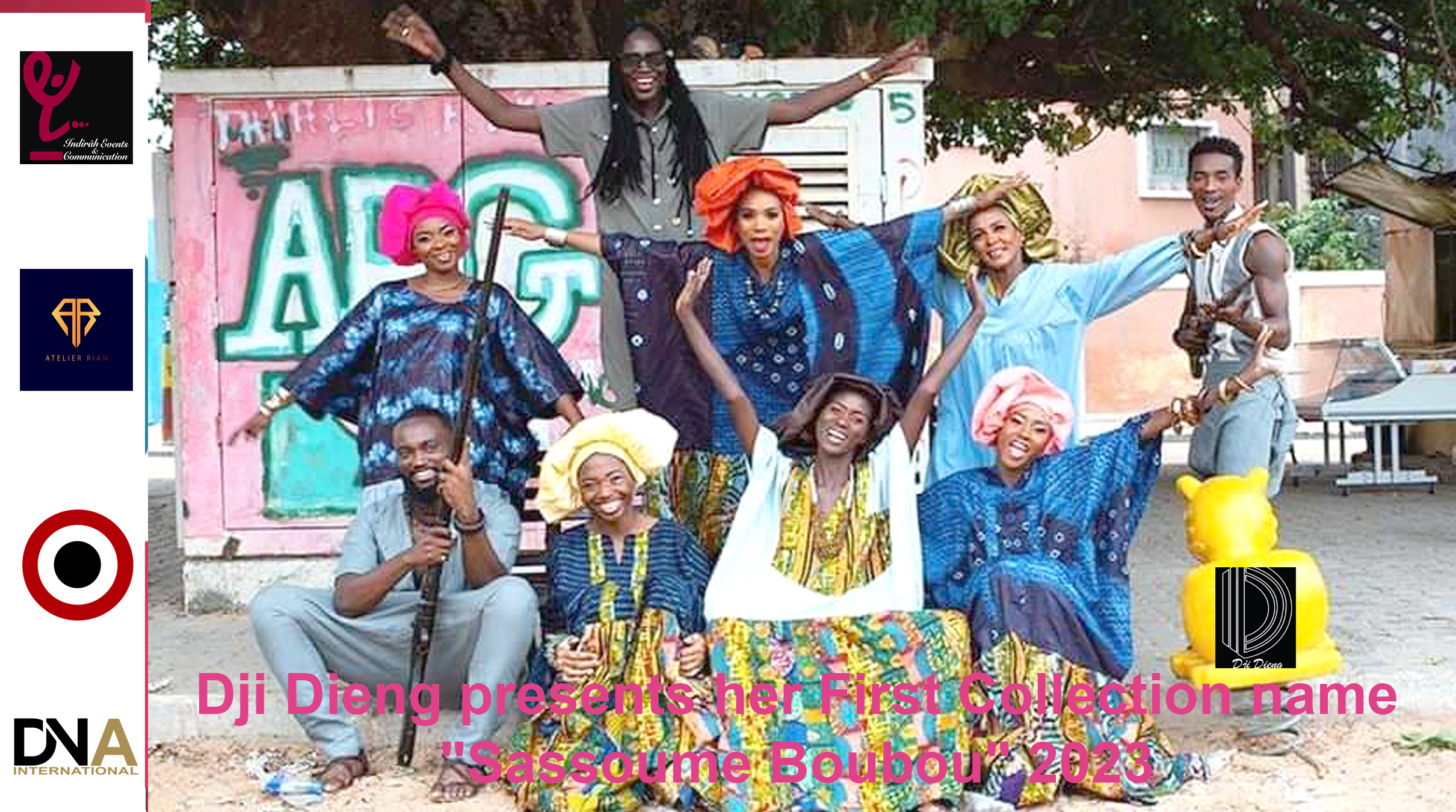Glossy Pop Newsletter: The Bold Glamour filter and just how far fake beauty can go
Last weekend, the “Bold Glamour” filter suddenly took over TikTok. It’s already been used in 9.5 million videos, and the hashtag #boldglamour has 214 million views. It’s also worth noting that the hashtag #boldglamourfilterlooksweird has 53,000 views.
A scroll through the app shows both men and women reacting to the inscrutability of the filter, which took off amid a vast sea of other beauty filters. That’s, in part, because it does not glitch, even when the user moves quickly. Other reactions included mega-influencer Mikayla Nogueira posting about how to replicate the filter’s impact with makeup. A large number of TikTokers expressed however, that while the “Bold Glamour” filter may appear, on some people, nearly undetectable, it’s not what real people or real skin looks like. Many commented on the difficulties, and even dangers, of living in a world where the highest level of meeting an unachievable standard of beauty is this instantaneously normalized.
Makeup artist Katie Marble (@katiemarble, 9,000 TikTok followers) also created a video in which she tries to recreate the filter. The text atop the video reads “Watch me hurt my own feelings.” Perhaps more notably, Marble wrote in her caption, “I feel awful for young girls with access to these filters honestly.”
For Marble, the impact of the filter was felt immediately, she said. “I had a bride send me a picture of a screenshot of her with the [‘Bold Glamour’] filter on, and she was like, ‘Hey, I know we already did like my makeup trial, but I kind of want to try to look more like this,’” Marble recalled. “And it’s like, ‘But that’s not even your real face.’ I’m like, ‘Girl, that’s not real!’”
Psychology professor Leora Trub likened the situation to the way we once spoke about young girls comparing themselves to Barbies and the unrealistic beauty standards demonstrated by the twiggy dolls. Now, it’s so much worse, she said. We’re seeing societal ideals projected directly onto ourselves. And with a filter so high-tech it doesn’t glitch, we can’t escape them.
“It went viral very quickly,” said Joanna Kenny, who has 25,000 TikTok followers and describes her content, in her bio, as being about “body confidence for the female gaze” “Every other video [in my feed] was someone using the filter. After trying it for myself, I quickly realized how different ‘Bold Glamour’ was from the other filters,” Kenny told Glossy. “Many argue that the effects of it are obvious, but when you don’t know what someone looks like originally, it looks real. More worryingly, if you then go on to share your TikTok video to Instagram and YouTube, the filter isn’t labelled on the screen, removing any transparency about the use of filters.”
Though Kenny’s work as a creator centers around confidence, she acknowledged that she is not immune to the impact of seeing this kind of unrealistic beauty 24/7. “Even as a creator who campaigns against filters, I feel affected by them, from using them to create awareness and from regularly consuming content filtered by others that I subconsciously compare myself to. My brain isn’t capable of distinguishing what’s real and what’s not when I’m seeing two different realities,” Kenny said — a sentiment anyone who’s spent time scrolling BeautyTok can surely relate to.
“When you use a filter, what you think you’re doing is engaging in a fun, low-stakes behavior that will make you a little prettier or a little more attractive, make your face look smoother, or whatever,” said Professor Trub. “But what you’re actually buying into is an implicit rule or expectation that you’re not good enough as you are.”
On Tuesday, Tula, the probiotic extract-based skin-care brand, posted a TikTok video reacting to the ubiquity of the “Bold Glamour” filter. The brand has 456,000 TikTok followers, and the post has nearly 170,000 views. In the post, Tula’s social media content manager, Sydney Lockard, says: “I know I’m not the only one that’s seen and tried the new beauty filter … and to be honest, that filter made me kind of sad. In a recent poll that Tula had, we discovered that less than 1% of people feel more confident after getting on social media. Real skin has acne, pores, sagging — that is what makes us all so unique.”
“Our rockstar in-house social and content team noticed over the weekend that the filter was taking over everyone’s ‘For You’ page. And we were excited to see that many of the reactions to the filter were calling it out for being such an inauthentic representation of reality, and calling attention to how harmful that can be to our own confidence and self image,” said Tula CEO Savannah Sachs. “We couldn’t agree more. [Embracing one’s true self and real skin] is at the heart of our purpose and what we stand for. And so we wanted to be part of the backlash. We wanted to challenge the unrealistic standards that these filters create and really shine a spotlight on the damaging effects they can have on our own confidence and the way they can feed our own negative self-talk.” Sachs said she hoped other brands would join in on the conversation.
Though Dove has not yet publicly responded, Firdaous El Honsali, global vp of communications and sustainability at Unilever, spoke to Glossy about the filter on behalf of the brand, calling it “extremely harmful.” Dove has long put money and marketing muscle into speaking truths about the potential harm of social media to girls’ self-esteem.
“At Dove, we are committed to #NoDigitalDistortion in any of our marketing and advertising. The same principles apply to our influencer partners, so that, together, we can help support a more positive environment on social media that is representative of real, authentic beauty. Social media filters like ‘Bold Glamour’ can be extremely harmful, and reinforce narrow and unattainable beauty ideals,” El Honsali said. “The Dove Self-Esteem Project research shows that more than half of girls say they can’t live up to the beauty standards projected on social media, and one in two girls say toxic beauty content on social media causes low self-esteem.” The filter, he said, exemplifies why.
Beauty filters, of course, are not likely to go away any time soon. As Kenny put it, “The individuals using the filters are not at fault if they don’t feel confident to show up without them. It’s our job as a society to dismantle unrealistic beauty standards both on and offline.”
Spate trend watch: Body sprays are back

Perfume, surprisingly, had a big moment during the pandemic. “The most notable beneficiary of an increased focus on fragrance was perhaps Maison Francis Kurkdjian’s Baccarat Rouge 540, a rich, ambery scent with a hefty price tag,” according to digital trend forecasting agency Spate. A 2.4 oz ounce bottle of the fragrance retails for $325.
Though pricier perfumes — and personal fragrances, in general — have continued to see growth in searches, there’s been a notable interest in body spray fragrances. This reveals a trend of growing price sensitivity among consumers, likely due to the economy.
“In recent months, we’ve seen increased interest in everything from traditional Axe Body Spray to nostalgic Victoria’s Secret Body Sprays to newer entrants like Sol de Janeiro’s Brazilian Crush Body Fragrance Mist,” said Yarden Horwitz, co-founder of Spate.
Still, eau de parfum and eau de cologne are seeing increased interest, as well.
“With growing interest in body sprays, we’re hoping to see some sophisticated scent profiles from pricier eau de parfums join the body spray category,” Horwitz said.
Inside our coverage
Futurewise founders on the importance of omnichannel — and Target — for reaching Gen Z
Augustinus Bader’s new Skin Lab is just the beginning for luxury brand spas
Game changers: Male athletes score big as beauty brands’ makeup ambassadors
Reading list
The ‘it’ coat this winter is … a pasta puffer?





